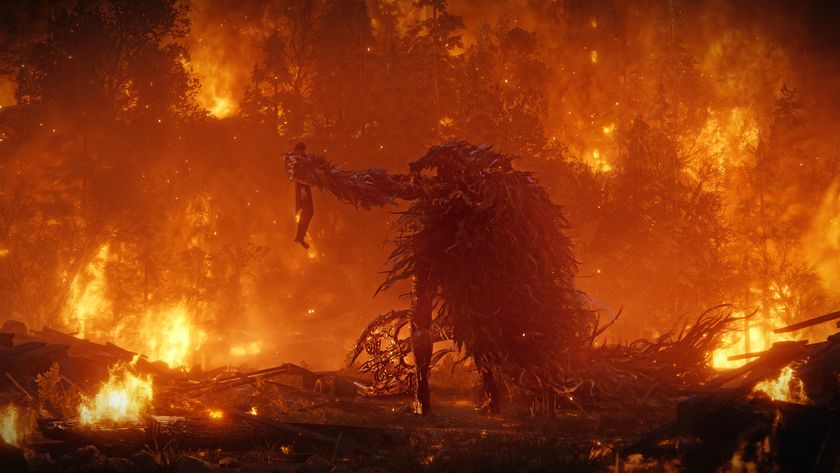The secret history of Wolfenstein
The facts and fiction behind the Nazi zombies, super soldiers and ‘unrealistic’ take on World War II
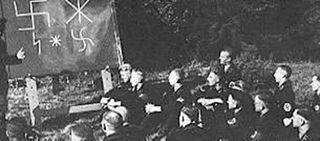
Above: Like this
More to the point, they were also tasked with scouring the globe for any relics or artifacts the Nazis wanted to get their hands on, although these were usually of a more racial bent than a supernatural one. However, some of them – like the Polish altar of Veit Stoss – carried religious significance, and the Ahnenerbe were known to investigate and record pagan and occult rituals, particularly from people they considered to be of Germanic origin.
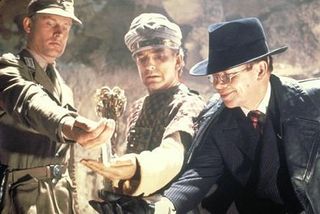
Above: (Not like this)
In general, they traveled the globe taking orders from Himmler, they delved into a lot of ruins and backwoods settlements and they had a hand in the infamous medical experiments conducted as part of the Holocaust. It’s not like they went around waking ancient monsters or being melted by ghosts, but their aims were creepy enough that adding supernatural research to the pile would be like inflicting acne on a leper.

The idea of an all-female regiment of elite Nazi commandosis extremely dubious, given that the Nazis were even more sexist than the rest of the world during the ‘30s and ‘40s.And even if they did exist, they probably wouldn'tfight inslinky leather catsuits, like the Elite Guard of Return to Castle Wolfenstein do.
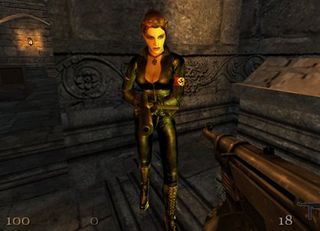
No, the image of the hot Nazi dominatrix more likely comes straight from the Nazisploitation films of the ‘60s and ‘70s, in which Nazi fetishism and brutality was played up to make Gestapo atrocities seem a lot sexier than they actually were. The genre boasts titles like SS Hell Camp and Love Camp 7, but perhaps no film in the genre is more famous than Ilsa, She Wolf of the SS.

In the movie, Ilsa is the domineering commandant of a Nazi prison camp who conducts experiments to prove that women have a higher pain threshold than men, and should therefore be allowed into combat. More disturbingly, she appears to have been looselybased on a real person: Ilse Koch, the so-called “Witch of Buchenwald,” a camp commandant’s wife who was charged with – among other crimes – torturing prisoners, forcing them to rape each other for her amusementand murdering prisoners with interesting tattoos so that she could later harvest their skins and use them to decorate her furniture.
Sign up to the 12DOVE Newsletter
Weekly digests, tales from the communities you love, and more
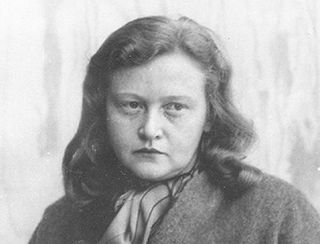
Above: Not so sexy now, is she?
God, jumping from sexy Nazis to tasteless softcore porn to actual war criminals is depressing. So it could be that we're reading too much into this, and that an elite guard of leather-clad women is just kind of hot, regardless of the political context. Yeah, maybe we’ll just leave it at that.

Marianna Blavatsky, the Nazi sorceress from Return to Castle Wolfenstein, is fictional. But like much of the other stuff on this list, she has a foundation in history, in that there was a mystic named Blavatsky – Helena Blavatsky, actually – who was one of the founders of the Theosophical movement in the 19th century. A more Germanic-focused system called Ariosophy later splintered off from Theosophy, in turn giving rise to the Thule Society, sponsors of the Deutsche Arbeiterpartei (German Worker's Party), which was later co-opted by Hitler and his followers to become the Nazi Party.
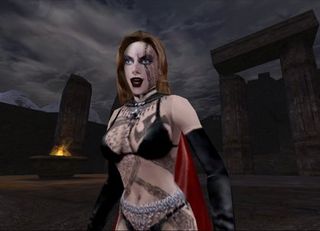
In Return to Castle Wolfenstein, Marianna Blavatsky leads the Thule Society, working closely with Himmler and the SS to release the undead Heinrich I from his ancient imprisonment. But in spite of their shared connection to Thule and Nazism, Helena Blavatsky is markedly different from RtCW’s villainous witch. For starters, she wasn’t into leather bikinis. “If you go and Google Madame Blavatsky… she does not look like our Madame Blavatsky,” Cloud told OXM.
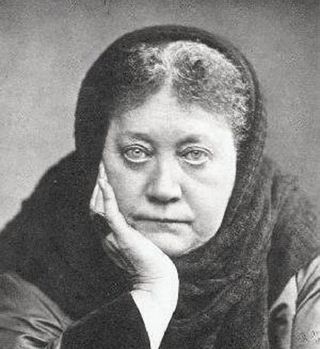
Above: What you get if you Google Madame Blavatsky
“She’s not scantily clad, and she’s a little bit older,” Cloud said. Also unlike Marianna, Helenawasn'talive during World War II, having died in 1891.

Possibly the most bizarre liberty the designers of Wolfenstein are taking with history is the addition of the Black Sun, which in the new game is a powerful mystical energy source that players – and certain enemies – can tap into through a sort of shadow world called The Veil. It’s a major plot point and probably the biggest gameplay change that the new Wolfenstein will bring to the series, and like everything else on this list, it has a (loose) basis in fact.
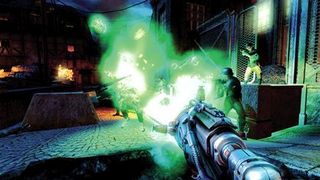
Above: Sadly, it wasn’t quite this impressive
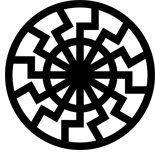
The “real” Black Sun wasn’t a limitless power source, but Himmler’s interpretation of a pre-Christian Germanic symbol that he installed in a floor mosaic in Wewelsburg’s north tower. At the time, it signified Himmler’s intent to make the castle the symbolic center of the world, once the world had been conquered. Now it’s just one more perplexing relic of a failed empire.
But whatever. Esoteric symbol or otherworldly power source, the Black Sun is still a more interesting prospect than another Normandy beach landing.
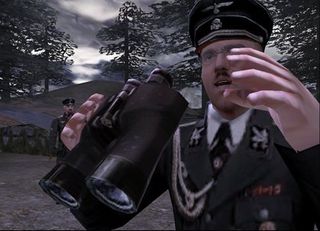
Above: 'SCHEISSE!'
Mar 13, 2009


Meet an unstoppable army of robo-bosses

See the many looks of BJ Blazkowicz as we look at the past, present, and future of the Wolfenstein series

And nine more things you didn’t know about the first great shooter

Legend of Zelda shippers are on serious hopium over Tears of the Kingdom's new voice memories, thinking one might possibly solidify ZeLink as canon

I played The Legend of Zelda: The Wind Waker on Nintendo Switch 2, but it's a bittersweet reminder that we're not getting the game at its best







